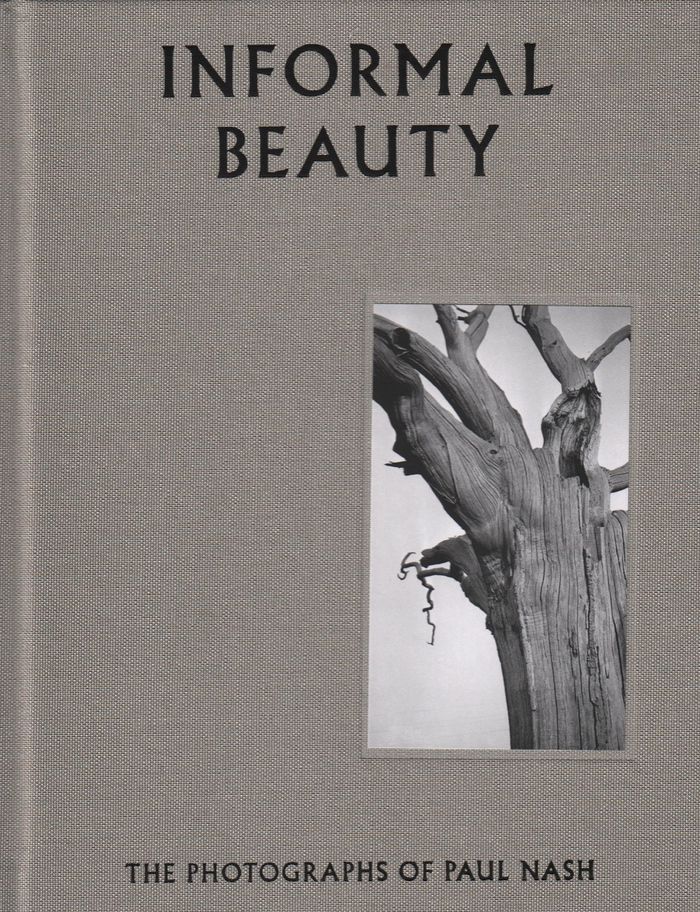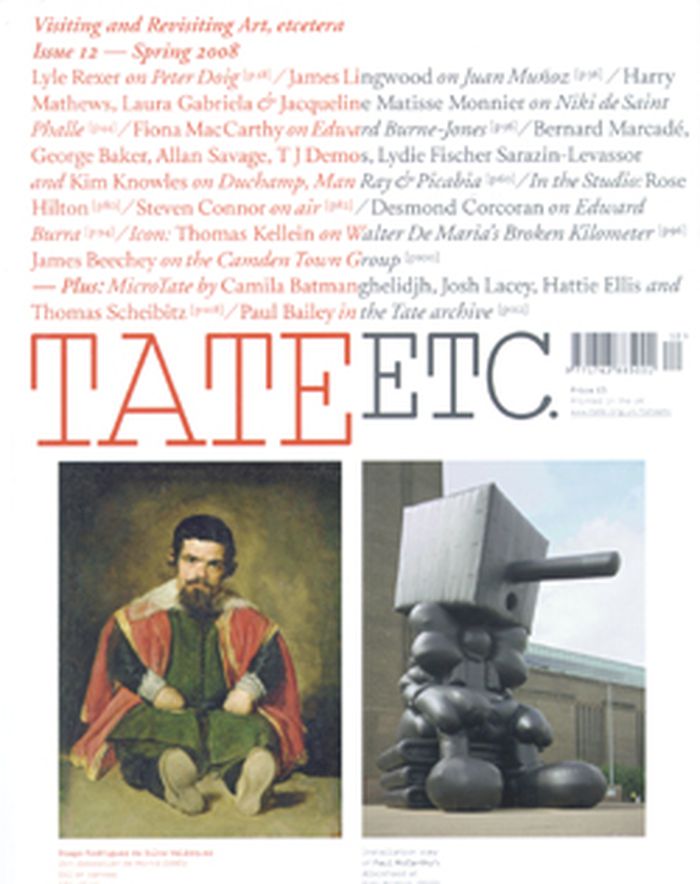$29.95
(available to order)
Summary:
This book explores the photographic works of Paul Nash (1889–1946), one of the most significant British artists of the 20th century. Best known for his evocative paintings of war-ravaged landscapes and his quasi-Surrealist visions of the English countryside, Nash was also a consummate photographer, who believed that the camera could reveal aspects of the world that the(...)
Informal beauty: the photographs of Paul Nash
Actions:
Price:
$29.95
(available to order)
Summary:
This book explores the photographic works of Paul Nash (1889–1946), one of the most significant British artists of the 20th century. Best known for his evocative paintings of war-ravaged landscapes and his quasi-Surrealist visions of the English countryside, Nash was also a consummate photographer, who believed that the camera could reveal aspects of the world that the painter could not. Beginning in 1930, he regularly experimented with photography, working with a No. 1A pocket Kodak series 2 camera. Including a highly informative contextual essay by Simon Grant, this publication explores the experimental nature of Nash’s output and the intensity and power of his photographic vision.
Photography monographs
$10.00
(available to order)
Summary:
“All the environmental pieces, activities, slice-of-life video works, information pieces and ‘Art Tech’ shows we’ve become accustomed to owe their existence to Duchamp’s idea about a snow shovel.” So wrote Allen Kaprow back in 1973 on the powerful legacy of the artist’s readymades. Works such as Fountain (recently voted most influential artwork of the twentieth century)(...)
Tate etc.
Actions:
Price:
$10.00
(available to order)
Summary:
“All the environmental pieces, activities, slice-of-life video works, information pieces and ‘Art Tech’ shows we’ve become accustomed to owe their existence to Duchamp’s idea about a snow shovel.” So wrote Allen Kaprow back in 1973 on the powerful legacy of the artist’s readymades. Works such as Fountain (recently voted most influential artwork of the twentieth century) essentially paved the way for 100 years of “isms”, but, as Duchamp once said, eroticism was the only “ism” in which he could truly believe. Inevitably, he forms the central axis in Tate Modern’s forthcoming exhibition ‘Duchamp, Man Ray, Picabia’, which explores the inter-relationships between this unholy trinity. All three have made their mark on many generations of artists – Bruce Nauman has paid eloquent tribute to Man Ray, while Sigmar Polke has drawn inspiration from late Picabia.
Magazines

